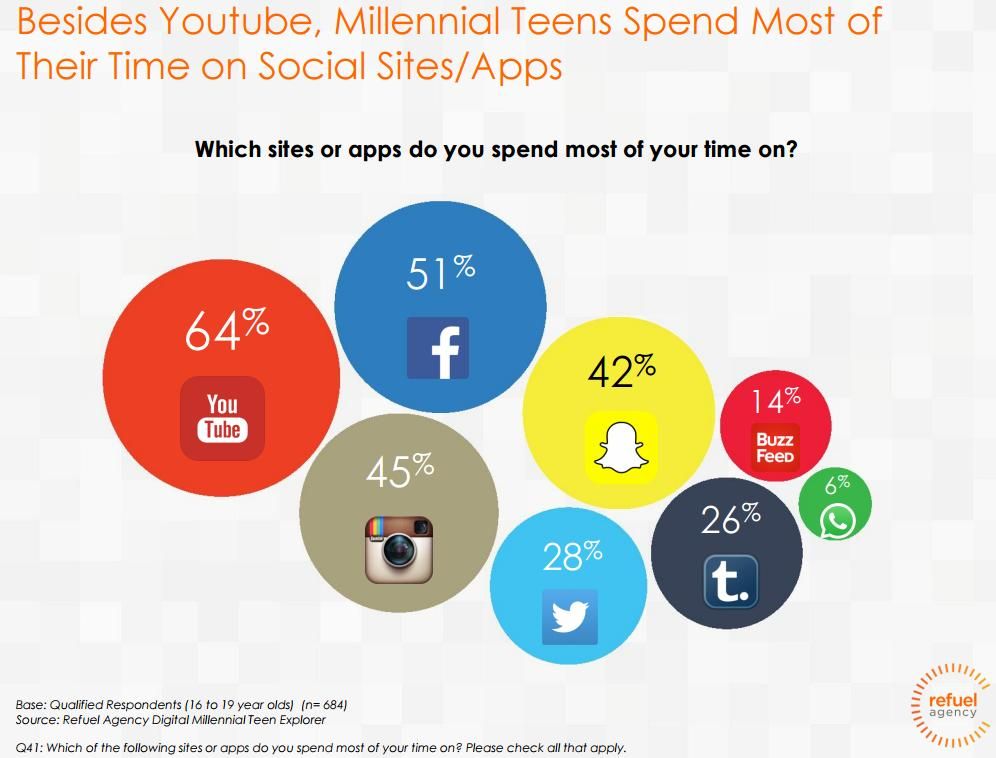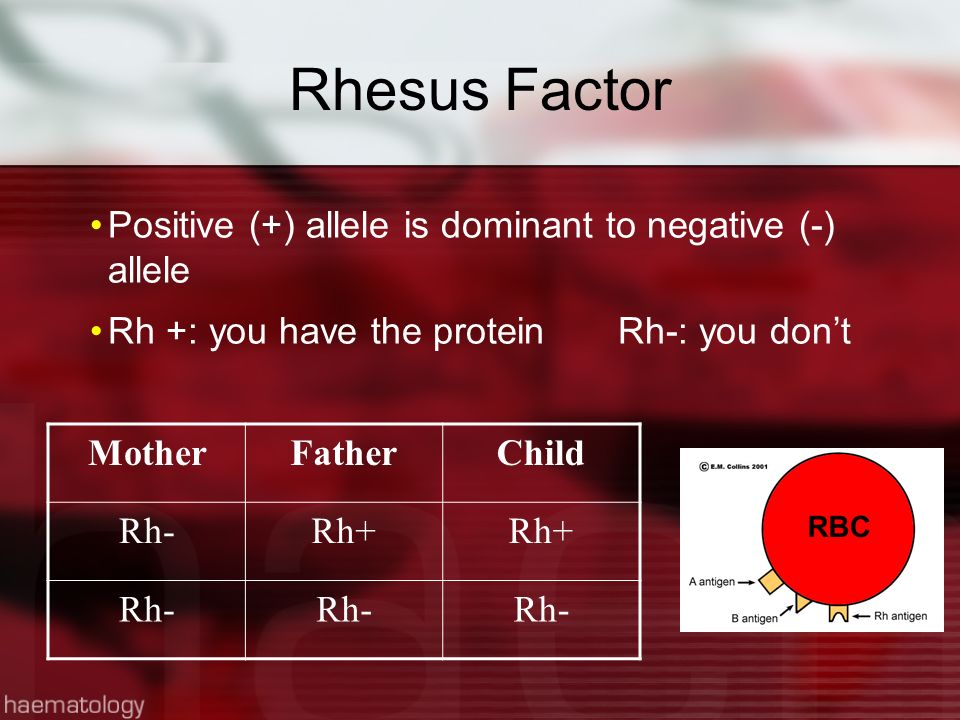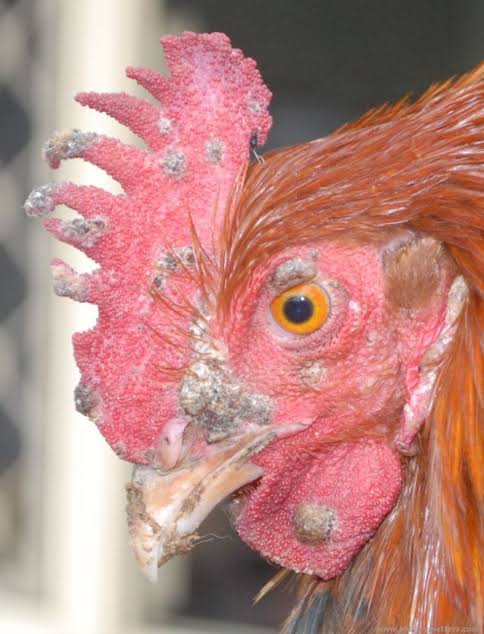How to find your child on social media
10 Ways For Parents To Monitor Your Child's Social Media Use
Over the last ten years social media as bloomed into this important aspect of many people’s life. It keeps people updated with the news, friends, and families while letting you connect to new people who have the same common interest as you. But when you have a tween and teen at home social media is not always the best idea to have in your house.
But if your teen instance on creating a Twitter or Facebook account there are ways for you to monitor your child’s social media use. So keep reading to discover ten ways to monitor your child’s social media use.
RELATED: 10 Amazing Lunchbox Hacks To Keep Kids Eating Healthy
10/10 Friend Them On Their Accounts
WomensLaw - NNEDVOne of the biggest things to do whenever your child creates a new social media account is to friend them on it. Though you won’t be able to see any private messages you will be able to see what they are posting and what their friends are posting to them.
This can help you navigate what is going on in their lives and if they are going posting things that they should not be into. Also being their friend on social media like Facebook allows you to see what type of pages they like.
RELATED: 10 Amazing Lunchbox Hacks To Keep Kids Eating Healthy
Google is a tech giant for a reason and with its Google Family Link tool, you will be using Google a lot more than just to look up random things. Google Family link is perfect since it allows you to monitor what your child does online and censor apps and social media apps you do not want your child to use.
This tool allows you to set screen time, completely lock their devices, and manage their apps. Let your child online without worrying about their social media accounts with Google Family Link.
8/10 Encourage Open Communication
This one might feel silly when it comes to monitoring your child’s social media use, but hear us out. Encouraging open communication with your kids can help them come to you if there is an issue that arises on their social media.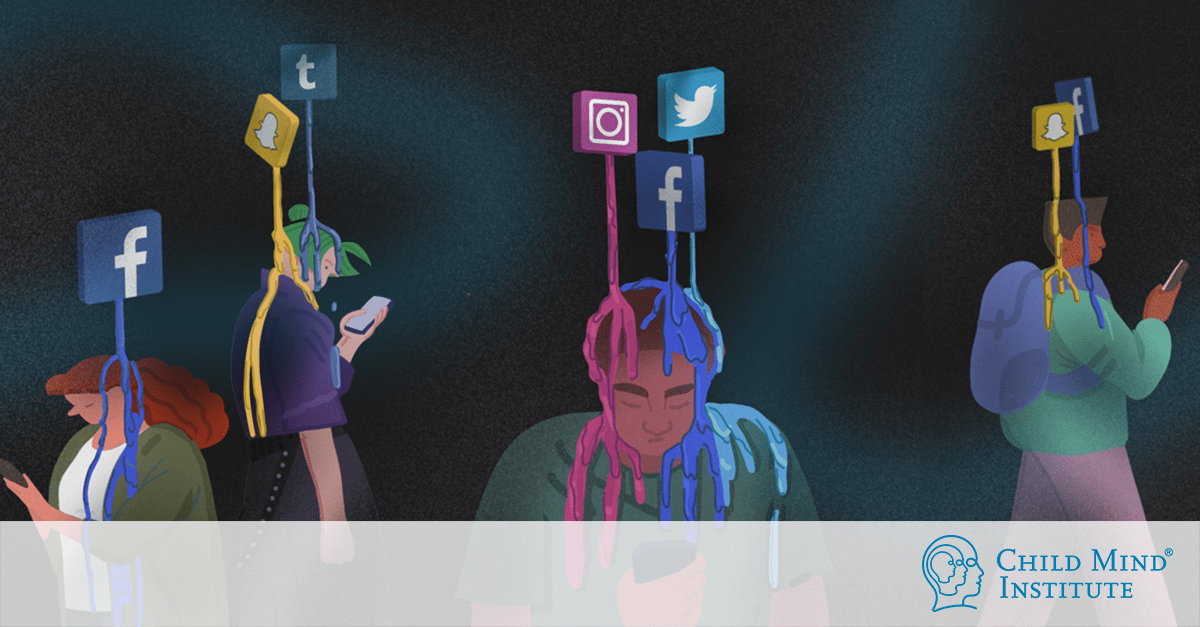
Monitoring your child’s social media is not just about what they posted online, but who is contacting them and what they are saying to your little one. You do not want anyone, not age-appropriate talking to them nor do you want any classmates bullying your child online. So being judgment-free when they come to you with a problem can open the door for them to talk to you about social media problems as well.
RELATED: 10 Parenting Rules Anne Hathaway Follows
A wonderful way to monitor your child’s social media use is to only allow them to use social media on computers. Smartphones can allow your child a lot more access then you want since it can be hard to always know what is going on with social media accounts like Snapchat.
But instilling a rule that you only allow social media on computer lets you keep full control of what social media accounts your little one is using and is a lot easier to monitor when it is on a family computer.
6/10 Get KidLogger
If you are looking for a free app that allows you parental control on your kid’s phone, computers, or tables is KidLogger. KidLogger is a wonderful app since it tells you what sites they were on, how long they were on it, what pictures were posted, who they contacted, and, the best part, it tells you what they wrote to friends.
KidLogger is a wonderful app since it tells you what sites they were on, how long they were on it, what pictures were posted, who they contacted, and, the best part, it tells you what they wrote to friends.
This gives you full control over what they did online and lets you see what they did. Make sure to look into KidLogger for a free app that allows you to monitor your child’s social media use.
RELATED: 10 Ways To Help Kids With Stage Fright
5/10 Download RealizD App
Credit: iStock / MangoStar_StudioApps are now the way we use technology. From the apps on our phones, T.V.’s, and computer there are now apps for everything. A wonderful app that helps limit your child’s time on their screens is the RealizD app.
This app lets you set time limits on how much time they spend on their phone or laptop. RealizD creates easy to read charts that you can review so you know how long your child is on these devices and what apps they frequent the most. So this app is perfect if you want to ensure that your child is only going to be on social media when they are home and you are around.
This one might sound like a no brainer, but can be easily forgotten, so make sure you check your child’s social media history. You can view their full browsing history of the internet online on a computer, there you can see the tabs they open to message people and what they posted.
Also on their accounts, you can see the last few things they searched for and the people they message as all accounts keep this tracked so they can better show us ads. So use this to your advantage so you can monitor your child’s social media accounts.
RELATED: 10 Reasons World Tournaments Uplift Your Child
3/10 View Their Profile Frequently
Since kids are still growing and developing they are not as wise about making the right choices about things like us adults are. Kids are known for making mistakes and sometimes this involves social media.
Your child might be sharing something too personal or connecting with people they do not know that could end up putting them at risk. When you view their profile frequently you will be able to see what they are posting and who they are making friends with so you can address anything that is of concern right away.
When you view their profile frequently you will be able to see what they are posting and who they are making friends with so you can address anything that is of concern right away.
2/10 Lock Certain Settings
Via Independent LifeOn both your child’s phone or on the family computer you can lock certain settings on their devices. This allows you to keep your child off of social media websites that you do not approve of and just grants them access to your approves sites.
Not only can you lock these sites you can also password protect them so your child cannot just turn on and off the settings at their own will. Doing little things like this help monitor what sites your child is using when it comes to social media so you know what is going on in their lives.
RELATED: 10 Healthy(Ish) Christmas Desserts For The Whole Family
1/10 WebSafety App
Credit: iStockIf your child has a smartphone you might feel like you do not have any control over what is happening on their social media accounts.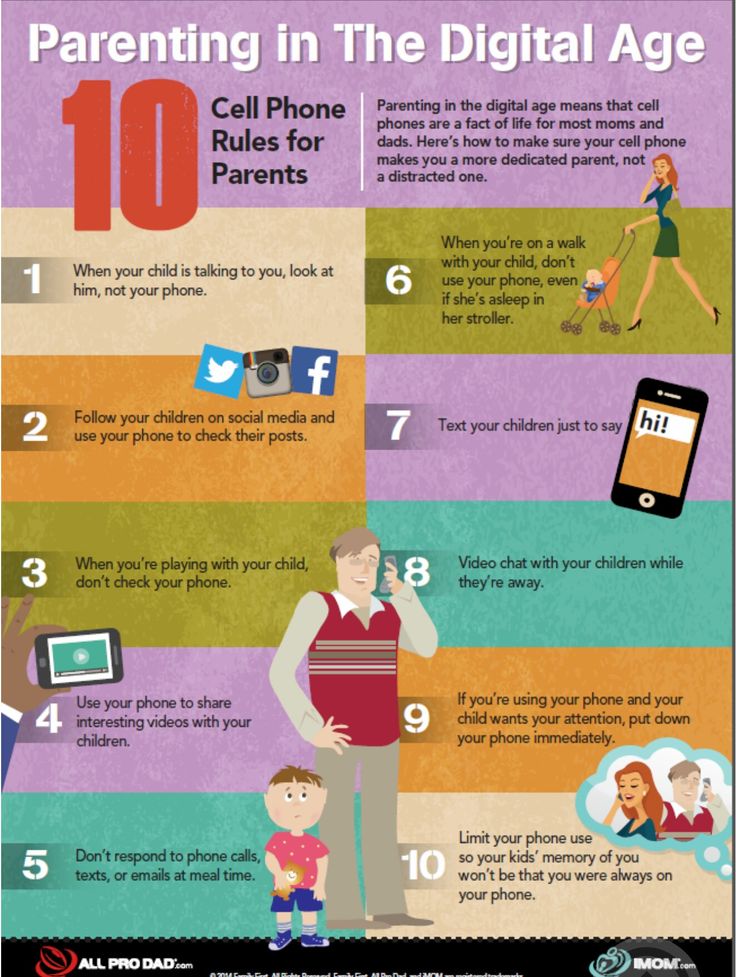 But with apps like WebSafety, you can monitor their phone just by downloading one app.
But with apps like WebSafety, you can monitor their phone just by downloading one app.
This app allows you to monitor their time on the phone, the other apps they download, and lets you view their social media and browsing history. This app does charge $15 a month to let you have parental access but is a definite if you are afraid of your young kids getting into the wrong side of social media.
NEXT: 10 Ways To Show Love To A Child In Need
How to Find Child's Hidden Instagram
How to Find Child's Hidden Instagram | What is a Finsta?DEC 08, 2021
Finding the hidden Instagram and understanding why children hide apps
By Melissa Strange
Gabb Family Resources
Social media has emerged as a typical feature of the modern digital landscape. Instagram is widely accessed by this age group, with 22M teens posting and scrolling for hours each day (Wells, 2021). Reports indicate that “72% of teens use Instagram daily, [which] is a significant increase from 52% in 2015” (Hunnicutt, 2020). The increased time spent on social media directly reflects the growing access minors now have.
The increased time spent on social media directly reflects the growing access minors now have.
Why is social media more accessible, even when platforms like Instagram require users to be at least 13 years old (Instagram)? In 2015, 41% of children by age 12 had a smartphone, which grew to 69% in 2019 (Rideout, 2019). Parents who have already limited or restricted their child’s access to social media may feel confident that they’ve protected their child. But your child’s phone may have hidden access to multiple platforms despite your efforts.
Why Children Create a Hidden Instagram
Before you intervene, it’s helpful to understand the motives behind their rogue behavior. Why do children decide to hide a social media account? What need are they trying to fill? The desire to fit in can cause kids to succumb to peer pressure, and in the digital age, this manifests in having access to social platforms, often regardless of family rules.
Social inclusion is an important “determinant of health”—without inclusion, people are more likely to experience poor health (including poor mental health), loneliness, isolation, and poor self-esteem.
—Community Living NB
Social media provides a way for kids to connect with their friend group as well as the avenue to establish their identity. With its ability to avoid the possibility of blatant, in-person rejection, the opportunity to put oneself out there for social feedback is practically irresistible. The academic report, “Peer Influence Via Instagram: Effects on Brain and Behavior in Adolescence and Young Adulthood,” determined that “[likes] provide an opportunity for… social comparison with peers to determine appropriate social behavior” (Sherman, Lauren E., et al., 2018, p.6). Individuals may feel that they cannot keep up with popular trends or be dialed into their social circle without access. Adolescents will go to great lengths to pursue a connection and show the world who they are.
A Child’s Self-Expression
Social media can also be a fun form of self-expression. With complete control over the way their peers see them, young people can present themselves in any manner they like.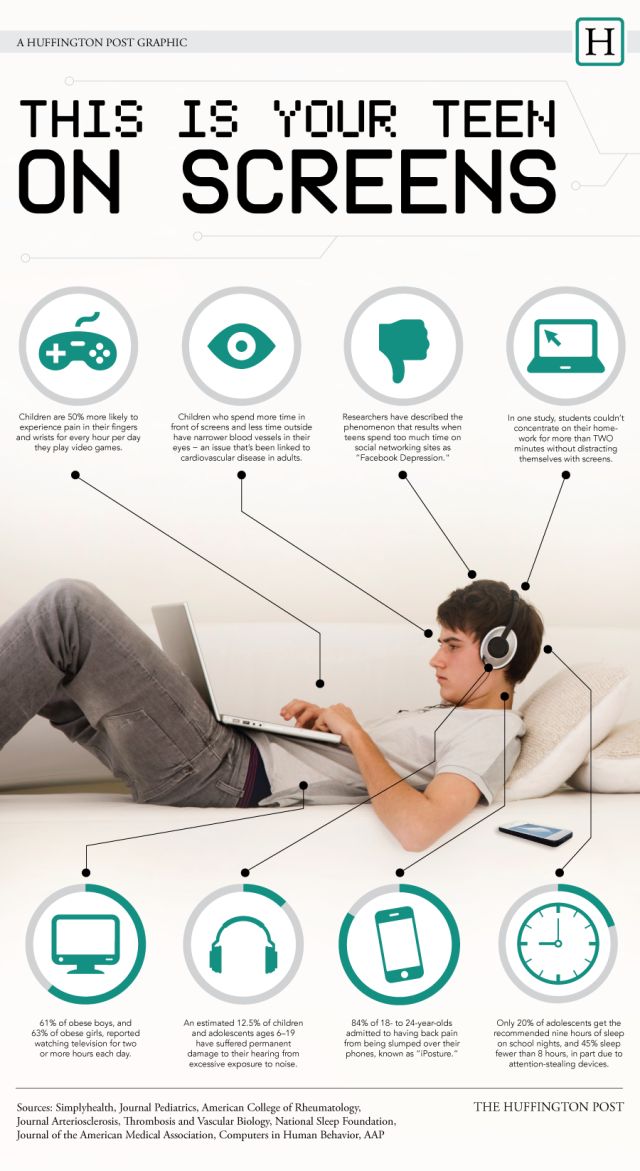 The International Journal of Multicultural and Multireligious Understanding comments, “[the] virtual world looks real … includ[ing] the development of social media such as Instagram,” which allows “teens [to] take advantage of such conditions to have a different identity.” This attempt serves as a fake solution to “teenage problems regarding the absence of self-confidence and social realities in the real world” (Tanti, 2021). When children use a secret Instagram account, it suggests an underlying problem. Don’t hesitate to patiently ask your child why they want an Instagram account and discuss how they can fill that social desire safely.
The International Journal of Multicultural and Multireligious Understanding comments, “[the] virtual world looks real … includ[ing] the development of social media such as Instagram,” which allows “teens [to] take advantage of such conditions to have a different identity.” This attempt serves as a fake solution to “teenage problems regarding the absence of self-confidence and social realities in the real world” (Tanti, 2021). When children use a secret Instagram account, it suggests an underlying problem. Don’t hesitate to patiently ask your child why they want an Instagram account and discuss how they can fill that social desire safely.
The Wall Street Journal published a scathing rebuke of Instagram (which is owned by Facebook) when they uncovered the social media giant’s internal research which indicated that the app harms a sizeable portion of its users, especially teenage girls (Wells, Horowitz, Seetharaman, 2021). They report that since 2019 Facebook has known, ‘”We make body image issues worse for one in three teen girls,”‘ and “Among teens who reported suicidal thoughts, 13% of British users and 6% of American users traced the desire to kill themselves to Instagram” (Wells, Horowitz, Seetharaman, 2021).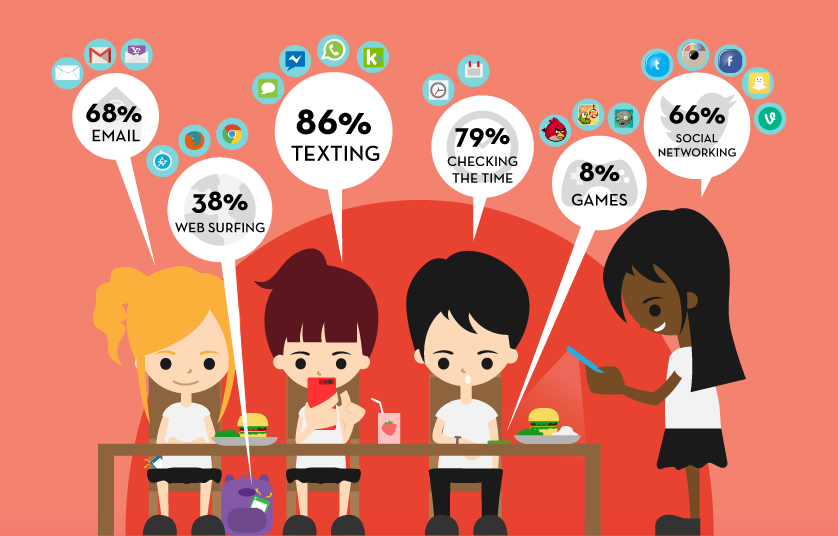
A study conducted in 2018 analyzed the effect of Instagram on both the brain and behavior of adolescents and young adults. It proved that high school students’ brains are negatively affected when using an unfiltered Instagram account due to their impulsive and hive-like reactions towards popular and well ‘liked’ photographs (Sherman, 2018, p.43).
Upon viewing a photo that had received a lot of social proof for its trendy status, the brain’s reward circuitry began to be activated. This means that looking at any person’s popular photos makes teenagers feel validated and accomplished. Additionally, findings suggest that teenagers are more likely to respond to a photograph that has more ‘likes’ simply because the picture has been deemed popular. This creates a desire to surround themselves with whatever is trendy—a craving heightened by the like count of their own photos (Sherman, 2018, p.43).
When high school students viewed images depicting risk taking, the area of the brain that registers consequences and cognitive control showed a decrease in activation.
—Lauren E. Sherman, a Ph.D. student in developmental psychology at the University of California and researcher at the Children’s Digital Media Center
Likes Can Lead to Risky Behavior in Teens
Having a hidden Instagram account gives adolescents access to posts that can motivate them to take risks. According to researchers, liking a photo depends heavily on whether it is deemed popular by peers or followers. This cycle becomes dangerous very quickly. When high school students viewed images depicting risk-taking, the area of the brain that registers consequences and cognitive control showed decreased activity. In other words, the more popular a post is, the harder it is for teens to recognize risky behavior and its consequences (Sherman, 2018, p.43).
Unfiltered, hidden Instagram accounts expose children to an abundance of influence from peers who do not understand the consequences of their actions. It’s a case of the unfortunate being led by the clueless.
Hidden Instagram: Rinsta vs. Finsta
Let’s say your teenager has an Instagram account that you know about and actively follow to ensure that their feed is not harmful to them. Are you in the clear? Not necessarily. As much as parents want to keep their children safe, it is important to recognize that teens are savvier regarding social media. Understand potential anonymity loopholes in social media for a better picture of your teen’s digital world. For example, although you may be aware of your teenager’s Rinsta (real Instagram), you may not be privy to their Finsta (fake Instagram) (McGregor et al., 2019).
wearesocial.comRinsta = Real Instagram
These are the accounts of which parents are most likely aware. A Rinsta account is typically public and carefully curated by the creator. The traditional nature of this account strongly resembles a Facebook account; users typically allow friends, family, and acquaintances to follow them (McGregor et al. , 2019). Generally, it is used to keep followers updated on the often-staged lavish life of the user. Many children do not keep these accounts private, which is problematic regarding privacy and safety.
, 2019). Generally, it is used to keep followers updated on the often-staged lavish life of the user. Many children do not keep these accounts private, which is problematic regarding privacy and safety.
Finsta = Fake or Hidden Instagram
A Finsta account is the private story or close friends list of Instagram accounts. “Finsta accounts are subsidiary Instagram accounts with highly selected audiences where owners can post material that is not associated with their main account” (McGregor et al., 2019). If your child only allows select people to follow them on Rinsta, they may have something they don’t want all of their followers to see.
Finsta accounts serve as an outlet for teens to play with their self-expression in a controlled space. The domain often encourages gossip, exhibitionism, risk-taking, and other attention-seeking behaviors not seen on primary accounts (McGregor et al., 2019). Therefore, a Finsta account is a carefully crafted, hidden hub for reckless teenage behavior.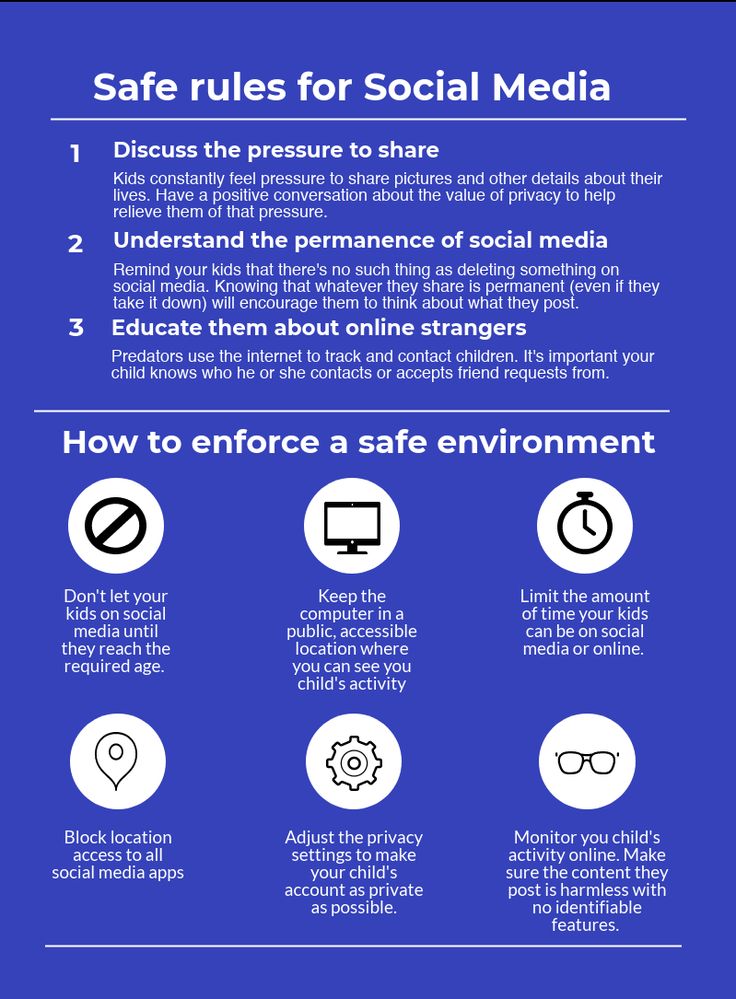 Finstas typically use pseudonyms as their account names, making them harder to find than Rinstas.
Finstas typically use pseudonyms as their account names, making them harder to find than Rinstas.
However, stay hopeful. Although it may take time, it is possible to locate Rinsta and Finsta accounts. Consider asking your child directly. You may be surprised that they will be forthright. Asking will also provide an opportunity to observe their response and most definitely begin a dialogue.
Conversations, Not Confrontations
Establishing an understanding between you and your child about their device will enable you to have difficult conversations. Before children take possession of their new phone, discuss the level of access you plan on having. Clarify your expectation that they use their phone safely and responsibly. Disclose that you will be checking apps and features regularly. Share with your kids that your desire and responsibility is not to police their activity but to protect them. You can explain that you are fully committed to being tech-savvy because you love them.
Ask for your child’s input and set boundaries together. Communication expert and author Stephen R. Covey shared, “If I were to summarize in one sentence the single most important principle I have learned in the field of interpersonal relations, it would be this: Seek first to understand, then to be understood” (Covey, D. S. R., 2020). Taking the time to address your child’s concerns about your access will provide you with insight and bring the two of you closer together.
Depending on your circumstances, you may choose to follow all your child’s social media accounts as well as their friends’ accounts. You may even feel the necessity to create an anonymous account to follow them. In the next section, we provide a guide to delving deeper into your child’s phone, not with the intent to breach their trust, but rather to connect with them as you protect them. You will be the best judge of finding the balance between safeguarding your child and honoring their privacy.
Searching for the Hidden Instagram
In “Hiding in Plain Sight: The Trouble with Hidden Apps” (Zapal, 2021), parents are guided through the process of finding these hidden accounts.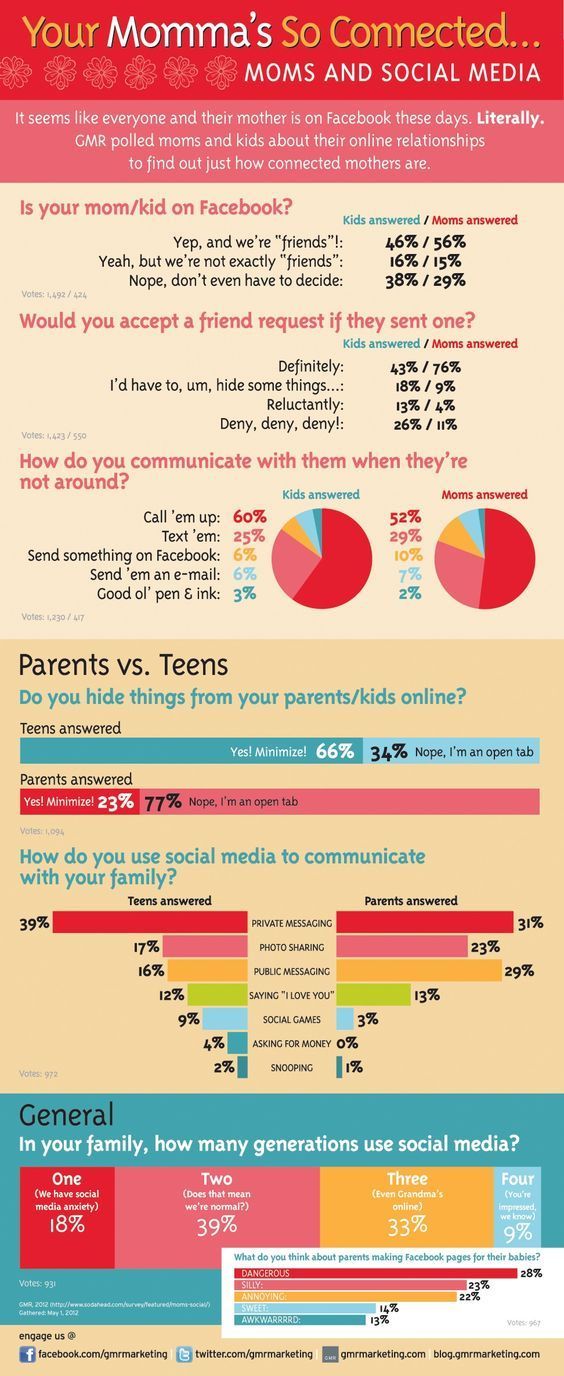 Many young phone owners download vaults and app hiders to conceal apps from their guardians. Here are some strategies to uncover these digital hideouts.
Many young phone owners download vaults and app hiders to conceal apps from their guardians. Here are some strategies to uncover these digital hideouts.
Recognize evasive behavior
- When you enter a room, does your child hide their screen or turn off their device suddenly?
- Does your teen resist sharing passwords or allowing you to look through their phone?
- Have you noticed multiple apps of the same type, like two calculators, installed on their phone? (Zapal, 2021)
Common app hiders and vaults
The following list is not exhaustive, as the apps are often only available for a short time, and new ones are added daily (Zapal, 2021). Parents are encouraged to search for these cloaks regularly. Furthermore, in the app store on a child’s phone, search using keywords such as vault app, hidden app, and secret app. Be creative in your search; your child is savvy.
- AppLock
- Vault
- Vaulty
- SpyCalc
- Hide It Pro
- CoverMe
- Secret Photo Vault
- Secret Calculator
- Calculator Photo Vault
Create your own profile on every platform your child uses with full disclosure.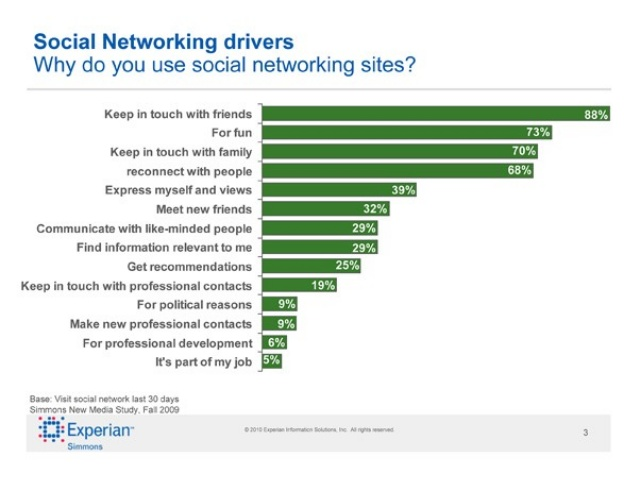 Doing so will allow you to search for their accounts and become a follower or an observer. Consider following your child’s friends’ accounts as well.
Doing so will allow you to search for their accounts and become a follower or an observer. Consider following your child’s friends’ accounts as well.
Search by name
- Begin by typing your child’s name into the search bar.
- Include possible nicknames your child may have used.
Survey their friends’ accounts
- Search for one of their close friend’s accounts, then go through both the followers and those following it. Keep an eye out for an account that could be your child’s. (How to Find Hidden Profiles, 2021)
- Open Instagram on their phone.
- Take a look at the app on their phone. Click on their name, and if they are signed in, any other accounts will be listed below. If they are not signed into their account, you will need them to log in or no other accounts will appear.
- Of note, each unique Instagram account requires a separate email address to create it.

Next Steps
Let compassion be your guide as you engage in ongoing conversations about honesty and safety with your child. Consider the following principles:
- If you have discovered your child has a hidden profile, avoid the tendency to be hard on yourself for having known. Your energy will be better spent moving forward.
- Recognize that adolescence is a time where human beings push boundaries. It is developmentally appropriate, though not without consequences.
- Be glad that you found the secret when you did. Look at the discovery as an opportunity to have a meaningful, compassionate discussion. You may find the following conversation ideas helpful:
- Do you have more than one social media account? Why? Let’s look at them together.
- Help me understand why you decided to have a secret account. How did hiding it make you feel?
- What do you imagine I want for you? I love you, and I want to keep you safe.
 I want to give you the best chance for success and happiness.
I want to give you the best chance for success and happiness. - I’m always going to try to protect you. What are some ways you can think of to protect yourself?
- Moving forward, let’s continue talking about your social media use and healthy boundaries.
Your teenager may not appreciate these boundaries now, but eventually, they will be grateful they were given time to develop a confident identity safe from the unhealthy pressures of social media.
Shop the Phone that started it all.
The Gabb Phone Z2—no internet, no social media, and no worries.
SHOP PHONE
Don’t leave empty wrist-ed.
The Gabb Watch is perfect for kids on the go—find out why.
SHOP WATCH
-
References
- - Covey, D. S. R. (2020, November 30). Habit 5: Seek first to understand, then to be understood.
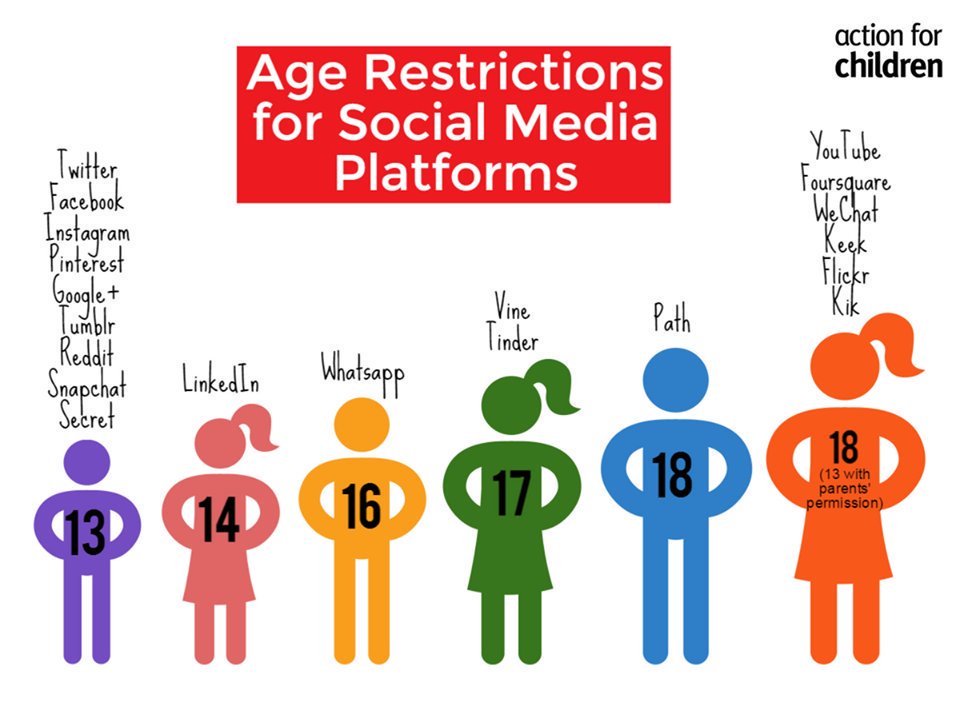 Habit 5: Seek First to Understand, Then to Be Understood. Retrieved September 16, 2021, from https://www.franklincovey.com/habit-5/
Habit 5: Seek First to Understand, Then to Be Understood. Retrieved September 16, 2021, from https://www.franklincovey.com/habit-5/
- - Hunnicutt, C. (2020, March 13). 5 Ways Social Media Can Trigger an Eating Disorder. Clementine. https://clementineprograms.com/social-media-trigger-eating-disorder/
- - “How to Find Hidden Apps on a Teen's Phone.” (25 Jan. 2021) Smart Social Learn How to Shine Online, Media Leaders, smartsocial.com/post/hidden-apps-on-teen-phones
- - “How to Find Hidden Profiles on Social Networks.” (9 Apr. 2021) WhatIsMyIPAddress, whatismyipaddress.com/find-hidden-social-media-profiles
- - McGregor, K.
 A., & Li, J. (2019). 73. Fake Instagrams For Real Conversation: A Thematic Analysis of The Hidden Social Media Life of Teenagers. Journal of Adolescent Health, 64(2), S39–S40. https://doi-org.ezproxy.uvu.edu/10.1016/j.jadohealth.2018.10.088
A., & Li, J. (2019). 73. Fake Instagrams For Real Conversation: A Thematic Analysis of The Hidden Social Media Life of Teenagers. Journal of Adolescent Health, 64(2), S39–S40. https://doi-org.ezproxy.uvu.edu/10.1016/j.jadohealth.2018.10.088 - - Rideout, V., and Robb, M. B. (2019). The Common Sense census: Media use by tweens and teens, 2019. San Francisco, CA: Common Sense Media https://www.commonsensemedia.org/sites/default/files/uploads/research/2019-census-8-to-18-full-report-updated.pdf
- - Sherman, Lauren E., et al. (2018) “Peer Influence Via Instagram: Effects on Brain and Behavior in Adolescence and Young Adulthood.” Child Development, vol. 89, no. 1, doi:10.1111/cdev.12838. p. 37
- - Steinberg, L.
 (2008). “A social neuroscience perspective on adolescent risk‐taking”. Developmental Review, p.28
(2008). “A social neuroscience perspective on adolescent risk‐taking”. Developmental Review, p.28 - - Tanti, Hermawati, Rila, Setyaningsih, & Rahmadya, Putra Nugraha. (2021). Teen Motivation to Create Fake Identity Account on Instagram Social Media. International Journal of Multicultural and Multireligious Understanding, 8(4), 87–98. https://doi-org.ezproxy.uvu.edu/10.18415/ijmmu.v8i4.2459
- - Wells, G., Horwitz, J., & Seetharaman, D. (2021, September 14). Facebook knows instagram is toxic for teen girls, company documents show. The Wall Street Journal. Retrieved September 20, 2021, from https://www.wsj.com/articles/facebook-knows-instagram-is-toxic-for-teen-girls-company-documents-show-11631620739
- - “Why Social Inclusion?” New Brunswick Association For Community Living (NBACL), nbacl.
 nb.ca/module-pages/why-social-inclusion/
nb.ca/module-pages/why-social-inclusion/ - - Zapal, Haley. (2021) “Hiding in Plain Sight: The Trouble with Hidden Apps.” Bark, Bark, www.bark.us/blog/find-hidden-apps/
- - Instagram. (n.d.). Protecting young people on instagram: Instagram blog. Instagram. Retrieved December 10, 2021, from https://about.instagram.com/blog/announcements/continuing-to-make-instagram-safer-for-the-youngest-members-of-our-community
- - Wells, G., Horwitz, J., & Seetharaman, D. (2021, Sep 14). Facebook knows instagram is toxic for teen girls, company documents show; its own in-depth research shows a significant teen mental-health issue that facebook plays down in public.
 Wall Street Journal (Online)
Wall Street Journal (Online) - -
- - Covey, D. S. R. (2020, November 30). Habit 5: Seek first to understand, then to be understood.
Learn more, more often.
Receive more tech safety content in your inbox.
Sign Up
Author
Melissa Strange
Melissa is a full-time senior at Utah Valley University and a part-time staff writer for Gabb Wireless. Using the skills and drive developed through her endeavor to become a secondary educator, she reviews and relates the current academic discussion on child development in a series of articles meant to support parents of all types in their parenting journey.
As a soon-to-be high school English teacher, Melissa has become an advocate for both parents and their children. In doing so, she found herself spending her afternoons conducting research for Gabb Wireless. Melissa hopes to apply all that she learns to her future classroom, from child eating disorders to discipline styles. Using the platform provided, she also hopes to share these invaluable lessons with parents looking for guidance. Her articles are to promote an active and open discussion on child development within schools and between families, making the information an active part of child-based discussion.
Learn More
Melissa hopes to apply all that she learns to her future classroom, from child eating disorders to discipline styles. Using the platform provided, she also hopes to share these invaluable lessons with parents looking for guidance. Her articles are to promote an active and open discussion on child development within schools and between families, making the information an active part of child-based discussion.
Learn More
Spread the Word
Click here to share this new and important information with friends and family.
You have already liked this article!
Share this article with...
How to protect children in social networks? A Guide for Parents - Petr Babkin on vc.ru
Does your child spend hours in front of a screen? Like it or not, social networking sites such as Facebook, Twitter, SnapChat and others have become an important part of the lives of young people, and even children. So important that they cannot imagine life without them.
So important that they cannot imagine life without them.
423 views
The times of our childhood were a completely different world. Therefore, it is not surprising that most parents around the world feel confused and do not know how to cope with the situation. This is because they do not have role models from their parents, how to behave in this area of life.
Social networks have their advantages and disadvantages. On the one hand, they help in establishing contacts, communication, personality formation and even learning. On the other hand, they carry many risks such as cyberbullying, internet addiction, adult content (such as pornography or gambling), grooming, image problems...
As you can see, the list of dangers that children can face on the Internet is long and hard to close - we don't know all the possible situations yet. You can't change that - cutting yourself off from the internet and social media is hardly an acceptable solution. While raising your child is your primary responsibility, a few tips from internet safety experts will make your journey through the world of social media much easier.
While raising your child is your primary responsibility, a few tips from internet safety experts will make your journey through the world of social media much easier.
Check out our parenting guide to social media for 7 tips to help you teach your child to use the internet safely.
1. Gain trust
As children get comfortable with the Internet, and especially social media, they may decide that adults and parents don't belong there and shouldn't be allowed in. This happens in most families - up to 60% of teenagers do not have rules for using the Internet and do not tell their parents what they are doing there.
Don't make this mistake - as a parent, you are responsible for the safety of your children. To make this possible, you need to earn your child's trust. Because when adolescence begins, gaining trust will be a very difficult process.
How to earn this trust? First, state the reasons why you're testing your online habits, not just set strict limits. Children are much more likely to cooperate with their parents if they know why you are asking them to do something and see it as legitimate.
Children are much more likely to cooperate with their parents if they know why you are asking them to do something and see it as legitimate.
Second, remember to respect your child's privacy. Watch your child closely and decide when to set a boundary that must not be crossed. Children of different ages have different needs. Over time, you will need to step back and give the child more freedom.
The most important thing in all this is that your children come to you when they find something unpleasant or disturbing on the Internet. If you have won and kept their trust, the chance of them getting involved in something dangerous is greatly reduced.
2. Lead by example
It's an old teaching principle that in order to teach someone something, you have to behave yourself. The same applies to the Internet. If you don't want your child to learn unwanted behaviors, correct your own first. "Do what I say, not what I do." - not a very efficient way, right?
Start by rethinking your habits.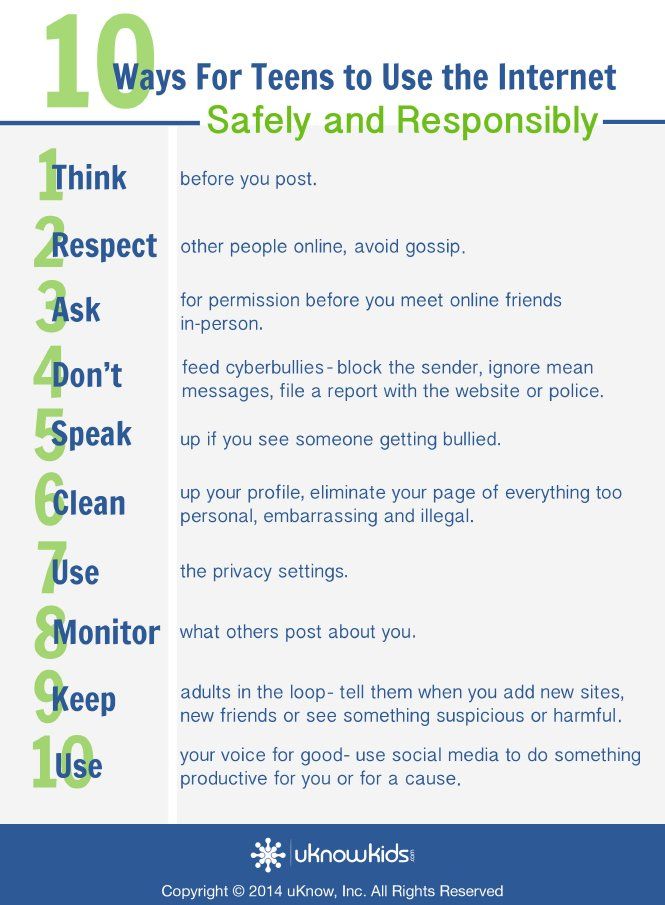 How much time do you spend in front of a computer monitor or smartphone screen? How much do you share about yourself on social media? Remember that restraint is advised here - if you share too much, you are putting yourself and your child at risk.
How much time do you spend in front of a computer monitor or smartphone screen? How much do you share about yourself on social media? Remember that restraint is advised here - if you share too much, you are putting yourself and your child at risk.
For example, posting funny stories from your child's life seems harmless (for the time being). However, nothing is lost on the Internet - when the child grows up, someone can use this information to laugh at him or make fun of him. When it comes to posting pictures of your child, it's a good idea to wait until your child is old enough to decide on their own. Currently, many parents do not post pictures of their children online, which is a reasonable decision given the activities of pedophiles and others who may seduce, kidnap or intimidate your child.
3. Gain experience and knowledge
As you read this guide for parents, you have already taken the first step towards self-education. Great job! But don't stop there. Carefully familiarize yourself with each social network that your child uses. Learn about the opportunities and benefits, but also the dangers. This way you will get to know the world in which your children live, and you will better understand the situation.
Learn about the opportunities and benefits, but also the dangers. This way you will get to know the world in which your children live, and you will better understand the situation.
Many applications used by children are a mystery to adults - they do not know anything about them. A good way to get to know them better is to ask your child to teach you how to use them. You will learn firsthand how the apps work and how to use them. The advantage of this way is that you are doing things together. You might even be tempted to subscribe to a particular page on a service.
But if you can't find out from your child, you can search websites or watch videos on YouTube. Social networks are developing very fast - you should not be left behind! For example, the most popular social networks in Russia in 2020 were YouTube, Instagram, Twitter, Vkontakte, Pinterest, Odnoklassniki and TikTok. Are you familiar with all of them? In other countries of Europe and the USA, there are other sites on the same list - Snapchat, Tumblr, WhatsApp, Facebook, Google Hangouts. Do you know which of these sites your child has an account on... or accounts?
Do you know which of these sites your child has an account on... or accounts?
4. Educate your children
Knowledge is necessary not only for you, but also for your children. Young people who start using social media may not be aware of all the risks associated with it, such as collecting information about users, fraud, and how wide the reach of the Internet can be.
A child should know that once they post something on the Internet, they may never be able to remove it. Especially the so-called stories, which are only displayed for a few seconds. However, this is enough for someone to be interested in the displayed information to take a screenshot and distribute the photo in many other places.
Let your child know that when they start using the Internet, respect for privacy is not the norm. Most apps and services collect data about their users, so nothing you upload to the Internet is considered private information. In particular, make sure that your child does not share online personal information, location, address, or photos of the school they attend.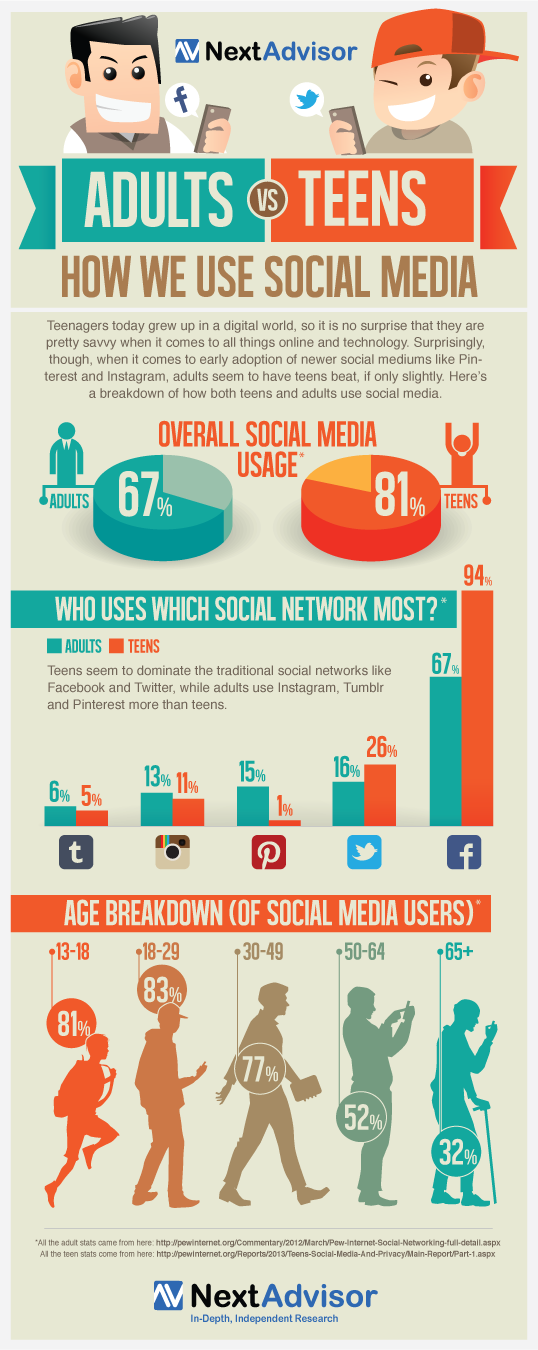 This is done in order to avoid surveillance and protect them from dangerous people.
This is done in order to avoid surveillance and protect them from dangerous people.
Another important thing for your child to know is that there is no impunity on the Internet. Actions on the Internet have consequences, just like in the real world - including legal ones. For example, bullying on the Internet - explain to the child that no one has the right to threaten him, and convince him that no one will help him and no one can protect him.
At the same time, they should know that making fun of their friends and bullying them on social networks will not go unpunished and can have very unpleasant consequences.
And one more important point - the child must know that not everything he reads on the Internet is always true. Every piece of information found must be verified. More importantly, they know that not everyone on social media is who they say they are.
5. Be careful with punishments
It is almost certain that your child will be exposed to negative content on the Internet. Unfortunately, there is a risk here that the young man will learn something that he should not know at his age. Let your child know that he should always contact you if he encounters something incomprehensible.
Unfortunately, there is a risk here that the young man will learn something that he should not know at his age. Let your child know that he should always contact you if he encounters something incomprehensible.
Children are naturally curious, so it is easy for them to stumble. If you notice something suspicious, consider whether punishment is the best solution. The next time this happens, your child will do everything possible to hide the problem.
If your son or daughter admits to seeing bad content, praise them for having the courage to tell you about it.
You can also give them the following advice:
- close your browser immediately when you encounter such information,0068
- tell an adult about it,
- don't share your personal information online,
- Never meet people you meet online without your parents' knowledge and consent.
In order to support your child, it is good for you to be interested in what he is doing on social networks, and in a positive way. Their accounts in the virtual world are very important to them. Rejoice with them in what they discover for themselves, show interest in their activities. When your child feels your love and support, they are more likely to share what they do online.
Their accounts in the virtual world are very important to them. Rejoice with them in what they discover for themselves, show interest in their activities. When your child feels your love and support, they are more likely to share what they do online.
6. Set the rules
Sit down with your child and together make a list of suitable Internet rules. This includes things like how much time he or she spends in front of a screen, what features, services and programs he or she can use, and what websites he or she can visit.
When you buy your child's first or new smartphone or other device, you can negotiate its use - in exchange for the purchase. This will clearly define what is allowed and what is not. Also determine the consequences of their violation. When your child agrees to such a deal, breaking the rules will not force you to come up with punishments, but will lead to consequences that your child agreed to.
Consider the following when creating rules:
- never post nude photos and always wear full clothing on camera,
- do not trust strangers,
- always ask permission before meeting someone you met online,
- Do not take pictures of anyone without their permission,
- Do not share photos or information about other people without their express permission,
- Don't Harass Anyone,
- download new games and applications only with parental permission,
- tell an adult if something is bothering you,
- Never buy anything online without parental permission.
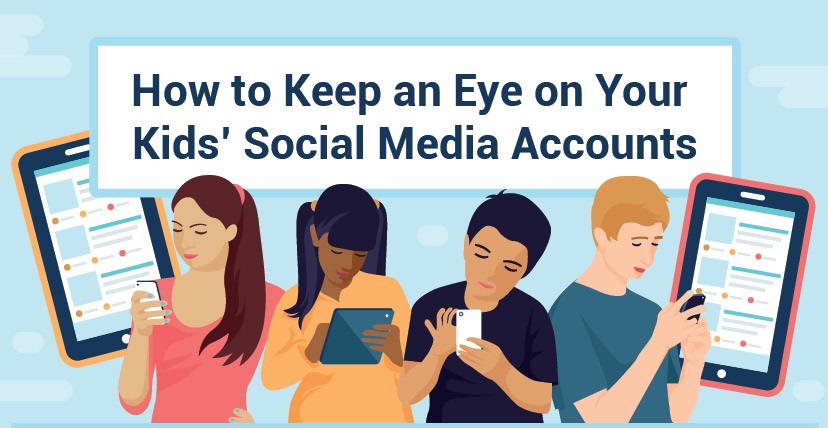
Of course, this is not a complete list, just some topics that you need to consider. Creating a list of rules will help structure your child's online activities and strengthen your relationship if you also consider their suggestions and wishes.
7. Use parental control software
If you want more control over what your child does on social media, what information they view, what games and apps they play and how much they use, you can try a parental control software. Modern parental control applications not only block dangerous content, but also have a number of other useful features.
With parental control, you can check where your child is, you will be notified if your child does something dangerous, such as leaving a set area, trying to access blocked sites, or sharing private information on their social network account . You will also be able to receive weekly or monthly reports on your child's online activities.
A very useful feature for current distance learning is the learning mode, which makes it easier for the child to focus on learning. With it, you can control which websites your child can use during school time.
With it, you can control which websites your child can use during school time.
Which parental control software should I choose? Consider offerings from industry leaders in internet security - Bitdefender Parental Control, Kaspersky Safe Kids, ESET Parental Control, Norton Family, Panda Parental Control or McAfee Safe Family.
Protecting your child on social networks is a task that every modern parent can solve. Put our tips into practice and be sure that your child is safe!
More articles on antiscam.space
How to control your child on the Internet: 6 tips for parents
Share
01. Teach internet safety
The child should become familiar with the rules of behavior on the Internet as soon as he learns to open a browser. Tell him that the network can rob, offend and scare, as well as harm a smartphone or computer. However, if you follow simple rules, this can be avoided. Here are the main ones:
- You can't buy anything, including inside applications.
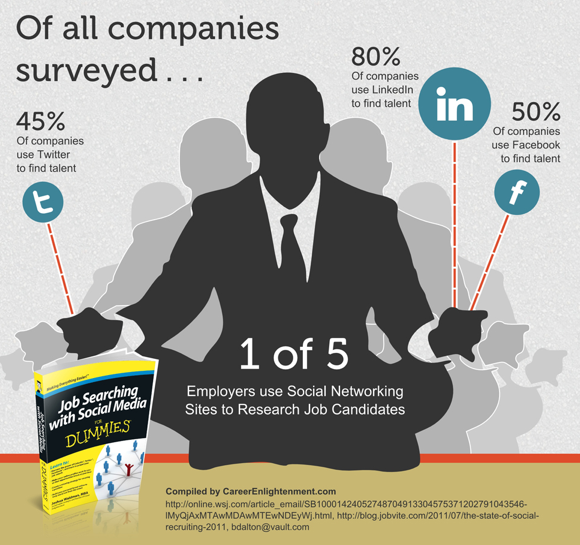
- You can't download music, games, apps, books, and other content from untrusted sites.
- Do not chat with strangers on instant messaging programs and social networks. Even with children: a boy or girl can easily turn out to be a grown man.
- Do not disclose personal information: home address and phone number, parents' income level, number of the school where you study.
- It is not allowed to upload photos that are too candid and indicate geolocation if the photo was taken in an apartment or on a school yard.
Educational games will help you get acquainted with the rules of online behavior. So, "I-Risks" is dedicated to safe behavior on the Internet, "Cool games" - the rules of communication with cyberbullyers. Both games are designed for teenagers aged 12 and over, and younger children can play them with the participation of parents or educators.
Liya Sharova
Internet security expert, founder of the Stop Threat security school.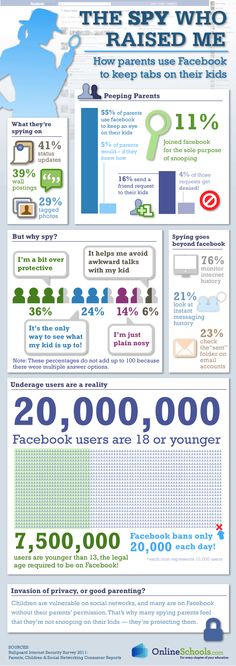
The longer parents can help their child in a friendly way to explore the Internet, including starting pages on social networks, posting photos, updating antiviruses and playing games, the better.
2. Encourage Shameful Information
According to Safer Internet of the Future Regional Public Information Technology Center, one in five children aged 12-13 do not turn to anyone for help in case of cyberbullying. And only 17% tell their parents about it.
In order for the child to talk about friends, offenders, suggestions to go somewhere, indecent photos or pictures sent by strangers, parents need to establish friendly contact with him. The child will be happy to share any information only on the condition that he will not be criticized.
Children hide information from their parents, because they believe that nothing but tantrums, Internet access bans and scandals will be expected from their parents. Only calm friendly communication will allow timely protection of the child from real trouble.
Liya Sharova.
Tell your child that if there is a problem on the Internet, he can call the Children of Russia Online service at 8 800 25-000-15. Operators provide psychological and information support on weekdays from 9.00 to 18.00 Moscow time.
3. Allow the use of gadgets only in the common room
It is not necessary to stand over your soul. Place the child where you can see the screen of the gadget from which he views the information. If he protests, explain that this is for his own safety.
4. Control accessible devices
According to the Children's Internet Usage Study of the US Center for Cyber Security and Education, 62% of children aged 9-15 go to adult sites after they find them in a search, 21% watch videos, intended for adults, 31% lie to sites about their age and 20% deliberately seek adult information.
You will not be able to reach all the gadgets with which the child will go online. However, it is in your power to secure those that are at home.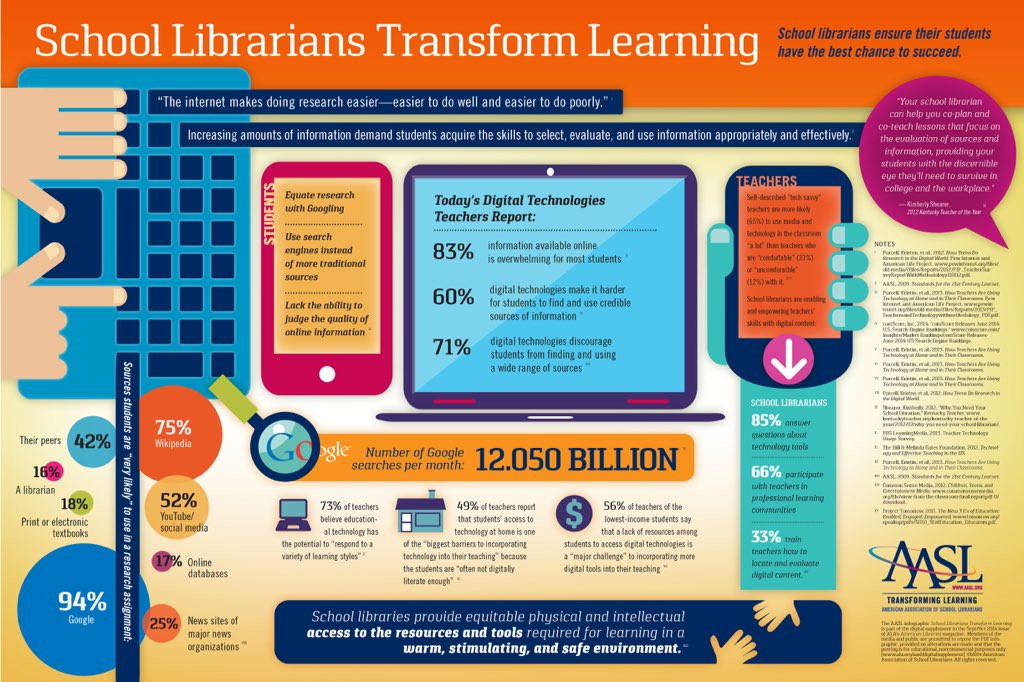 For this:
For this:
- Install an antivirus.
- Install a parental control program.
- Enable safe search in your browser.
- Install browsers for children. For example, "Gogul" or Kidoz.
- Only allow children's websites. For example, sites with the ".children" domain.
- Install child-friendly apps. For example, YouTube or ivi.ru.
Protecting a child from adult information is almost impossible. Children circumvent parental prohibitions and restrictions, skillfully deceiving adults. All of them watch YouTube during breaks at school and already in the third or fourth grade they know about pornography and drugs.
Liya Sharova.
5. Make friends in social networks
Social networks will help you quickly learn about the interests and experiences of the child and keep in touch with him. Add him as a friend, exchange links, put likes. But in no case do not criticize the pages of friends or his own, do not fill up with comments. After all, if the child becomes uncomfortable, he will start a second account, which you will no longer know about.
After all, if the child becomes uncomfortable, he will start a second account, which you will no longer know about.
It is important to be friends with the child, including online, in order to be aware of everything that he learns. Watch his favorite bloggers on YouTube together and, more importantly, know who he is friends with and communicates with.
Liya Sharova.
6. Do not meddle in correspondence without asking
An innocent desire to read a child's correspondence violates his right to privacy and secrets. Show respect and hold back. If you can not cope with the desire to control everything, consult a psychotherapist. After all, in order to know what is happening in the life of a child, you need to build a trusting relationship with him.
Yana Fedulova
candidate of psychological sciences, psychologist.
One should not pry into a child's correspondence without his permission. This can greatly reduce the children's credit of trust in their parents.